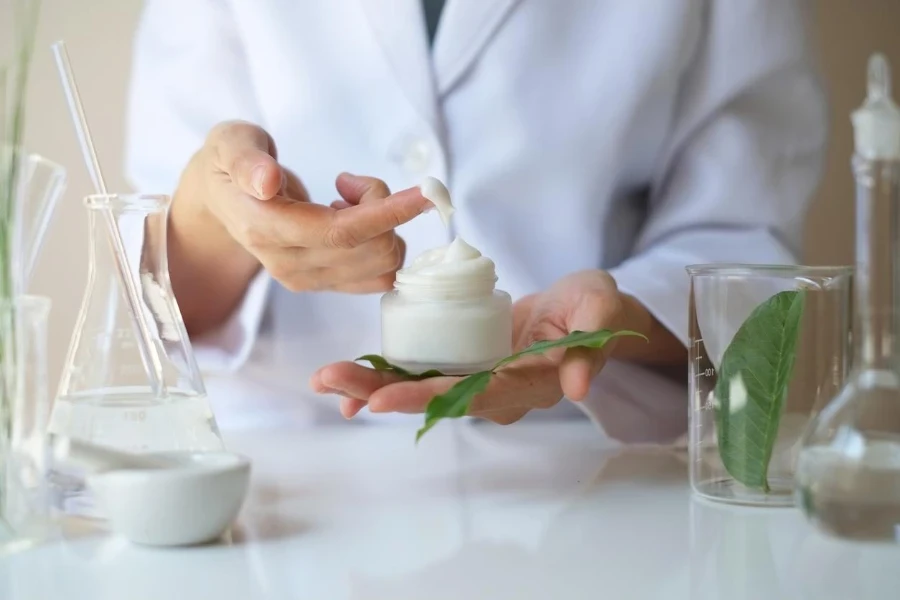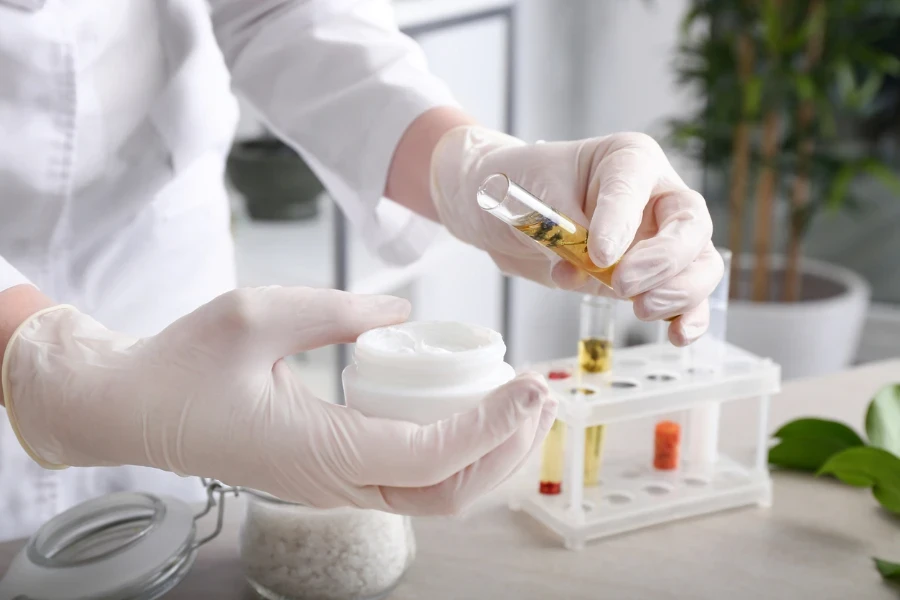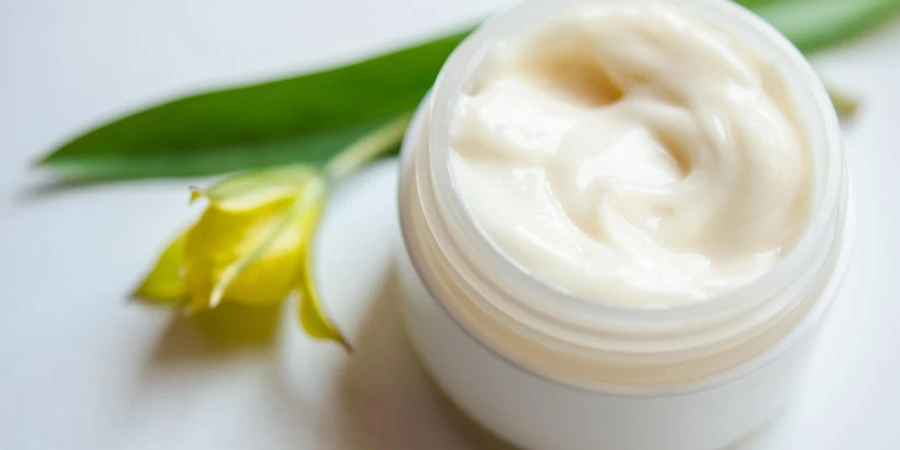In the realm of skincare, few products have garnered as much attention and acclaim as tretinoin cream. Known for its potent ability to combat acne, reduce signs of aging, and improve skin texture, tretinoin cream stands out as a cornerstone in many skincare routines. However, navigating the wealth of information about this powerful retinoid can be overwhelming. This article aims to demystify tretinoin cream, providing you with a comprehensive guide to its benefits, potential side effects, usage tips, and the science behind how it works. Whether you’re considering incorporating tretinoin into your skincare regimen or seeking to optimize its benefits, this article is your go-to resource.
Table of Contents:
– What is tretinoin cream and how does it work?
– The benefits of using tretinoin cream for your skin
– Potential side effects and how to mitigate them
– Tips for incorporating tretinoin cream into your skincare routine
– Understanding the science behind tretinoin cream
What is tretinoin cream and how does it work?

Tretinoin cream, a derivative of Vitamin A, is a powerful exfoliant that accelerates skin cell turnover. This process brings fresh, new cells to the surface faster, helping to clear out pores and reduce the appearance of fine lines. Unlike other skincare ingredients that offer superficial results, tretinoin works deep within the skin’s layers to improve its texture and tone from the inside out.
The mechanism of action of tretinoin is fascinating. It binds to retinoic acid receptors in the skin, which influences gene expression and promotes the production of collagen and elastin. These are the building blocks of healthy, resilient skin. This interaction not only helps to diminish visible signs of aging but also strengthens the skin’s barrier, making it more resistant to environmental stressors.
For those new to tretinoin, it’s essential to understand that its efficacy is backed by decades of research. Dermatologists often prescribe it not only for its anti-aging properties but also for its ability to treat acne and hyperpigmentation. This multifaceted approach to improving skin health makes tretinoin cream a unique and valuable addition to skincare routines.
The benefits of using tretinoin cream for your skin

The benefits of tretinoin cream extend beyond its well-known acne-fighting capabilities. Regular use of tretinoin can lead to significant improvements in skin texture, tone, and overall appearance. Here, we delve into the myriad ways tretinoin cream can enhance your skin’s health.
Firstly, tretinoin’s ability to accelerate cell turnover is a game-changer for those looking to reduce the appearance of fine lines and wrinkles. By promoting the shedding of old, dull skin cells and the emergence of new ones, tretinoin helps to reveal a smoother, more youthful complexion.
Moreover, tretinoin cream is effective in fading dark spots and hyperpigmentation. By disrupting the melanin production process, it ensures a more even skin tone, making it an excellent option for those struggling with sun spots, melasma, or acne scars.
Lastly, tretinoin’s impact on skin texture cannot be overstated. It helps to minimize the appearance of pores and refines the skin’s surface, leading to a softer, more radiant complexion. This transformative effect on skin texture is one of the reasons why tretinoin cream is a staple in many skincare enthusiasts’ routines.
Potential side effects and how to mitigate them

While the benefits of tretinoin cream are numerous, it’s crucial to be aware of potential side effects. Commonly reported issues include dryness, redness, peeling, and increased sensitivity to sunlight. However, these side effects can often be mitigated with the right approach.
To minimize irritation, start with a lower concentration of tretinoin and gradually increase it as your skin becomes more accustomed to the treatment. Additionally, applying a small pea-sized amount of cream to dry skin can help prevent excessive dryness and irritation.
Incorporating a moisturizer into your routine is also essential when using tretinoin cream. Look for products that are non-comedogenic and designed for sensitive skin to soothe and hydrate without clogging pores. Moreover, wearing sunscreen daily is non-negotiable, as tretinoin can make your skin more susceptible to UV damage.
Tips for incorporating tretinoin cream into your skincare routine

Integrating tretinoin cream into your skincare routine requires a thoughtful approach to maximize its benefits while minimizing potential side effects. Here are some practical tips to help you navigate this process.
Begin by using tretinoin cream 2-3 times a week, gradually increasing the frequency as your skin adjusts. It’s best applied at night, as sunlight can degrade its potency. After cleansing, wait for your skin to dry completely before applying tretinoin to avoid irritation. Following up with a gentle, hydrating moisturizer can help counteract dryness.
It’s also important to be patient. The benefits of tretinoin cream, such as reduced acne and improved skin texture, can take several weeks to become noticeable. Consistency is key, as the transformative effects of tretinoin build over time.
Lastly, listen to your skin. If you experience severe irritation or discomfort, reduce the frequency of application or consult a dermatologist for advice. Tailoring the use of tretinoin to your skin’s tolerance can lead to better outcomes and a more positive experience.
Understanding the science behind tretinoin cream

At its core, the effectiveness of tretinoin cream lies in its ability to modulate skin cell behavior. By influencing cellular processes such as proliferation, differentiation, and collagen synthesis, tretinoin addresses multiple skin concerns simultaneously.
The science behind tretinoin’s impact on acne, for instance, involves its ability to unclog pores and reduce inflammation. For anti-aging, its stimulation of collagen production is key to diminishing the appearance of wrinkles and improving skin elasticity.
Furthermore, ongoing research continues to unveil new potential benefits and applications for tretinoin, solidifying its status as a cornerstone in dermatological treatments. Its well-documented efficacy and versatility make it a subject of fascination for scientists and skincare enthusiasts alike.
Conclusion:
Tretinoin cream is a powerful ally in the quest for healthy, radiant skin. Its proven efficacy in treating a range of skin concerns, from acne to signs of aging, makes it a valuable addition to skincare routines. While mindful of potential side effects, incorporating tretinoin cream with care and patience can lead to transformative results. As with any skincare product, understanding how it works and listening to your skin’s needs are crucial steps towards achieving your desired outcome.




